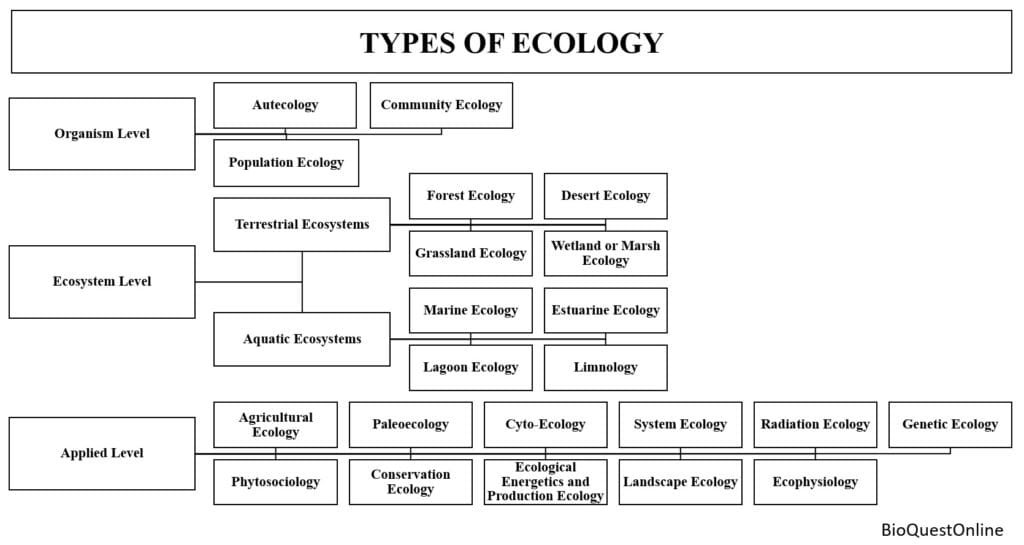Alien Invasive Species – An Overview
Alien invasive species are non-native organisms introduced to new environments, often causing ecological, economic, and health problems. This overview explores their origins, impacts, and why managing them is crucial for protecting biodiversity.












